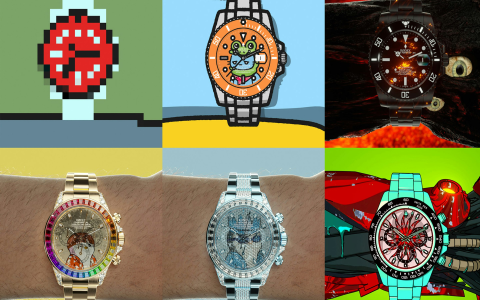Alright, let’s talk about figuring out what an old Rolex is worth. Had this happen myself not too long ago. Found an old watch tucked away in a box of my dad’s stuff, turned out to be a Rolex. Looked pretty beat up, honestly, but hey, it said Rolex on it.
First thing, like anyone else, I jumped online. Typed in “how much is an old rolex worth”. Man, what a rabbit hole. Prices were all over the place, from a few grand to amounts that made my eyes water. It was confusing, just a flood of info without much context for my specific watch.
Figuring Out What I Had
I realized pretty quick that “old Rolex” wasn’t enough info. I needed details. So, I started looking the watch over real close.
- I had to find some numbers on it. Took the band off – bit tricky, used a small screwdriver carefully. Found some numbers etched between the metal bits where the band connects. One seemed like a model number, the other maybe a serial number.
- Wrote those down. Also noted what the dial looked like, the hands, the little crown symbol.
- Checked if it worked. Gave it a little wind, and amazingly, the second hand started moving. So, it wasn’t dead, which felt like a good sign.
Looking at the Condition
Next, I tried to be honest about its shape. It wasn’t mint.
- The crystal (the clear part) had scratches.
- The metal bracelet was stretched out and scratched too.
- The dial looked okay, a bit faded maybe, but original as far as I could tell. No obvious water damage.
I took some photos with my phone, trying to get clear shots of the front, back, the numbers, and the scratches. Figured I’d need these.
Hitting a Wall Online
Went back online with the model number. Got a bit more specific info, saw pictures of similar watches. But the prices? Still all over. Some looked just like mine but were listed for crazy different amounts. It seemed like tiny details and condition made a huge difference, stuff I couldn’t judge myself just by comparing pictures.
Talking to People
Decided the internet wasn’t gonna give me a solid answer. Needed someone who actually handled these things.
First stop was a local jewelry store I trusted. The guy was helpful, looked it over, said it was definitely real. But when I asked about value, he kinda shrugged. Said vintage watches weren’t really his thing, and the market changes fast. He gave me a very rough ballpark but said I should see a specialist.
So, I looked for places that specifically buy and sell old watches, especially Rolex. Found a couple of reputable dealers online with physical shops, read reviews, made sure they seemed legit. Didn’t want to just send it off to some random address.
Getting the Appraisal
Contacted one of them. Sent the pictures and the numbers I found. They were interested enough to ask me to bring it in. Felt a bit nervous walking in there, not gonna lie.
The expert there took a look. They opened the back, checked the movement inside (the actual watch mechanism), confirmed the serial number matched the watch’s rough age, and checked if parts were original. They looked at the dial condition very closely, the case, the bracelet stretch – everything.
This was the key part. They explained how things like an original dial versus a replaced one, or an unpolished case versus one that’s been heavily polished, drastically change the value for collectors. Even the original box and papers, which I definitely didn’t have, add a lot.
The Bottom Line
In the end, they gave me a pretty realistic range of what it was worth. It wasn’t the lottery win you see in headlines, mostly because of the condition and lack of papers. But it was definitely worth more than I initially thought, looking at its worn state.
So, that was my journey. Finding an old Rolex is exciting, but figuring out the actual cash value takes legwork. You gotta identify it, be real about the condition, and then talk to someone who genuinely knows the vintage market. Online searching is just the very first step.
